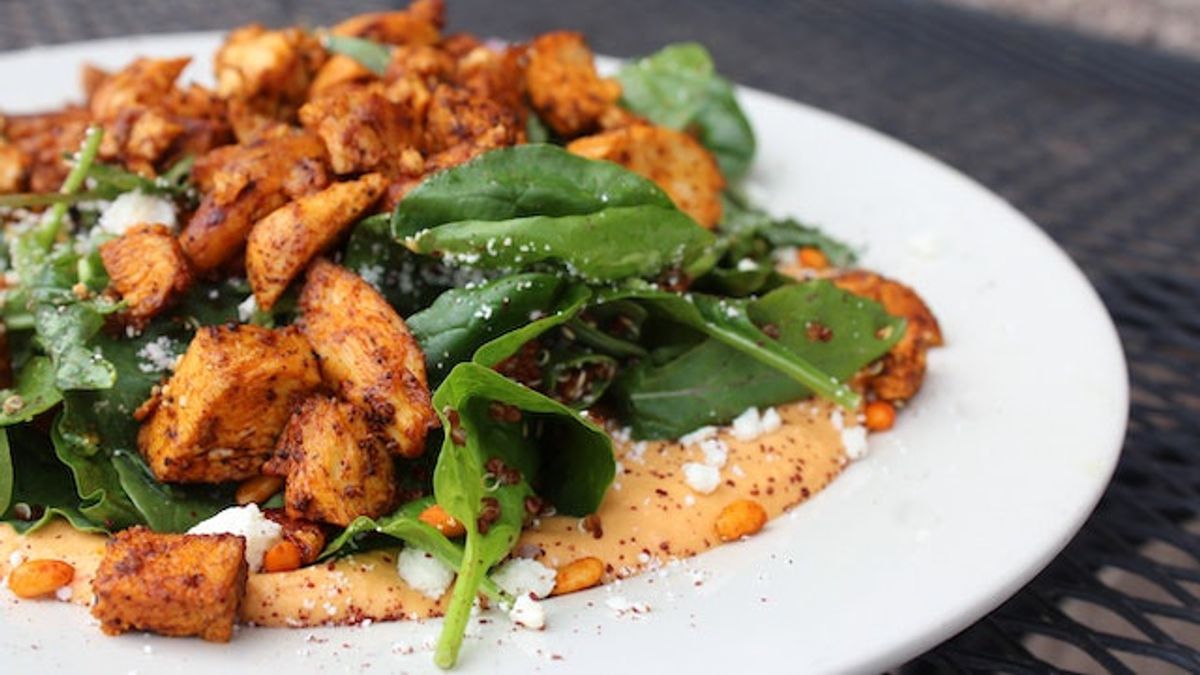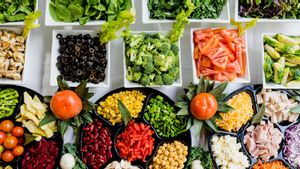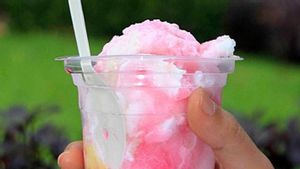Taurin is an amino acid containing sulfur, which can be produced by the body from solving other amino acids called sinstein. Taurin is mostly found in the whole body's muscles, so it can be understood that foods with a high content of taurine are animal proteins.
Babies and children need to get a taurine through breast milk, formula, or food, but as they grow up, the body will produce their own in sufficient quantities, according to the University ofwaso Medical Center. According to the February 2020 article in Asam Amino, taurin plays a role in supporting the function:
Although it can be generated on its own, the body still needs food intake that can encourage the formation of taurin. Adapted from the Livestrong page, Tuesday, October 3, the following is a list of foods containing taurin.
One piece of roast beef weighing 3 ounces contains 33 milligrams of taurine. Consuming moderate amounts of red meat can provide protein, important B vitamins, and zinc for your body. Choose the top cut of beef without fat or sirloin, bottom roast meat, bottom steak, or top roast meat to avoid fats and calories, according to the Mayo Clinic.
One serving of roast chicken thighs weighing 4 ounces contains 222 milligrams, while 4 ounces of boiled chicken chest contains only 16 milligrams. Dark meat, such as the legs and thighs, may have more taurines, but also have more saturated fat and calories.
One portion of pork in the waist weighing 3 ounces contains 48 milligrams of taurine. The pig's waist is a good source of phosphorus, zinc, and some good vitamin B. One portion of meat weighing 3 ounces also contains 70 percent selenium. Selenium is an important element for reproduction, thyroid hormone metabolism, and DNA synthesis, according to the National Institutes of Health.
You will get 23 milligrams of taurine in each serving of 2 ounces of tuna. Low-calorie tuna, high protein, and a good source of omega-3 fatty acids. Consuming two to three servings of omega-3-rich fish each week is recommended by the Food and Drug Administration (FDA).
The shell is the best source of the taurine. In 6 raw shells, you will get 655 milligrams of taurine. Shells need to be processed as well as possible so as not to reduce the content of the taurine.
When raw, the shells have a high amount of nutrients, but some of these amino acids can be broken when cooked or processed. Taurin is soluble in water, so much more is lost when the shells are boiled. Mixing or frying helps maintain the content of the taurine, according to research in August 2003 in the Journal of Animal Physiology and Animal Nutrition.
اقرأ أيضا:
One cup of low-fat milk contains 6 milligrams of taurine. As a product of animal taurine in milk much less than meat, fish, or seafood, according to a January 2010 study of Atherosclerosis.
You have to consume 3 cups of dairy products per day to meet the number of narrins the body needs according to the 2020-2025 Diet Guidelines of the United States Department of Agriculture (USDA). One cup of low-fat milk contains 23 percent of calcium DV (daily values) and 15 percent of DV vitamin D. These two nutrients are important for improving bone health and can help prevent the onset of osteoporosis, according to USDA.
The English, Chinese, Japanese, Arabic, and French versions are automatically generated by the AI. So there may still be inaccuracies in translating, please always see Indonesian as our main language. (system supported by DigitalSiber.id)















